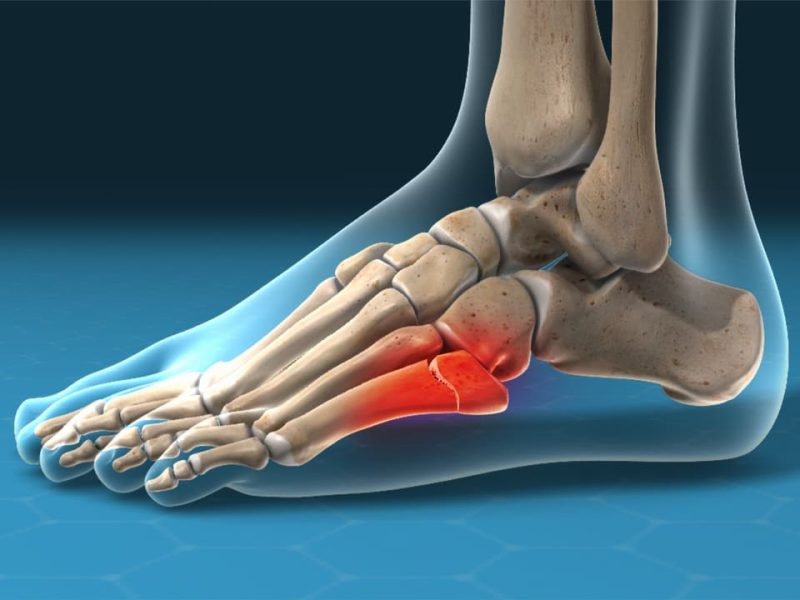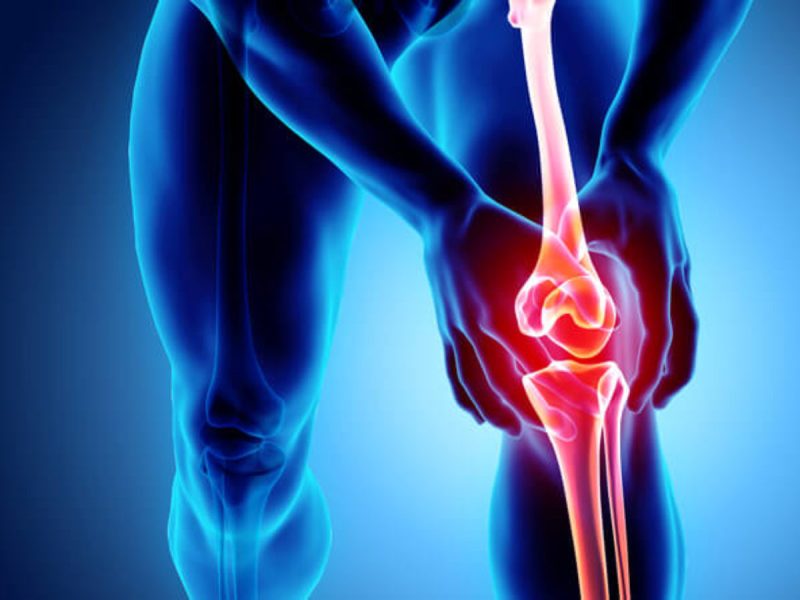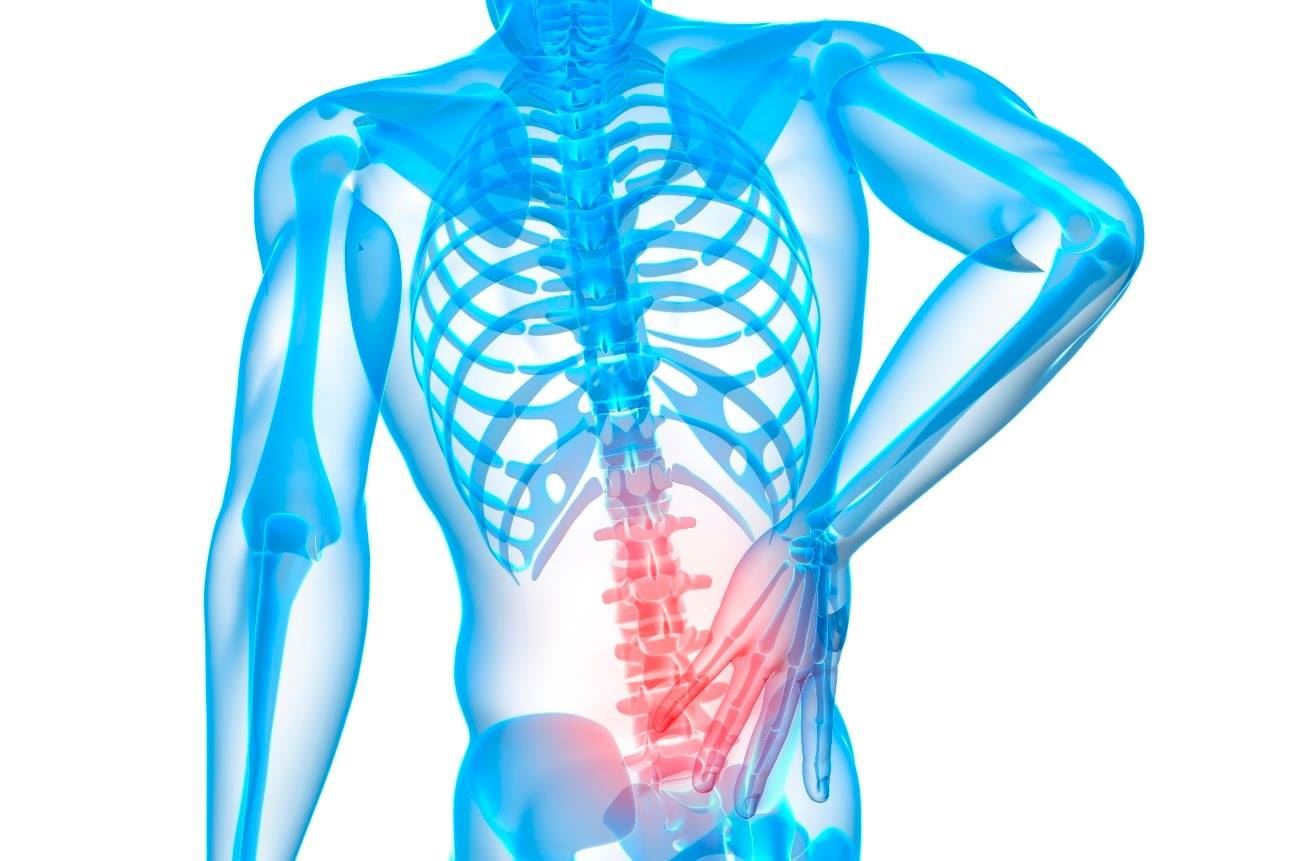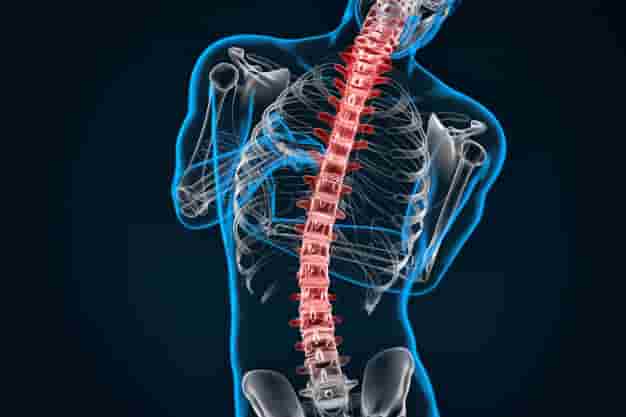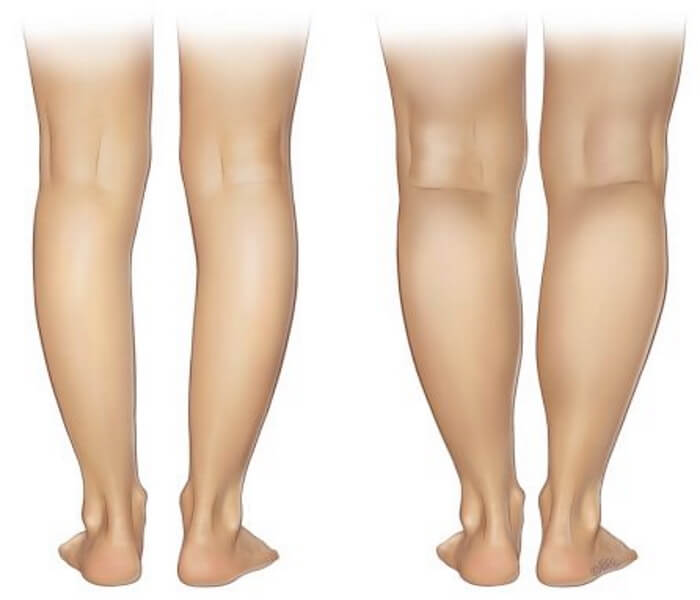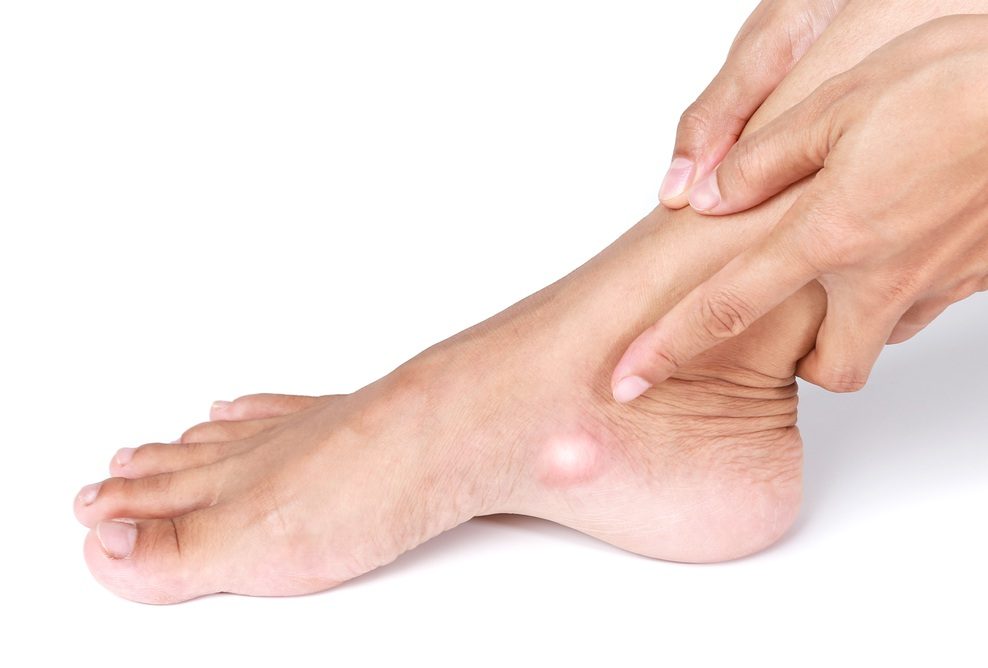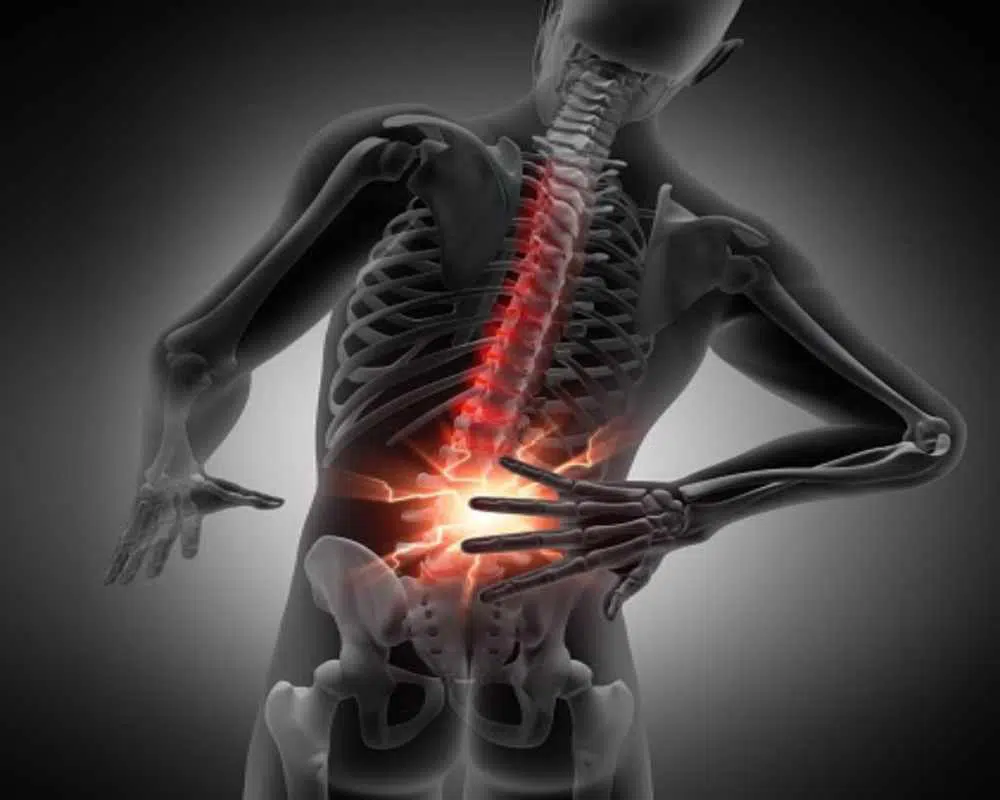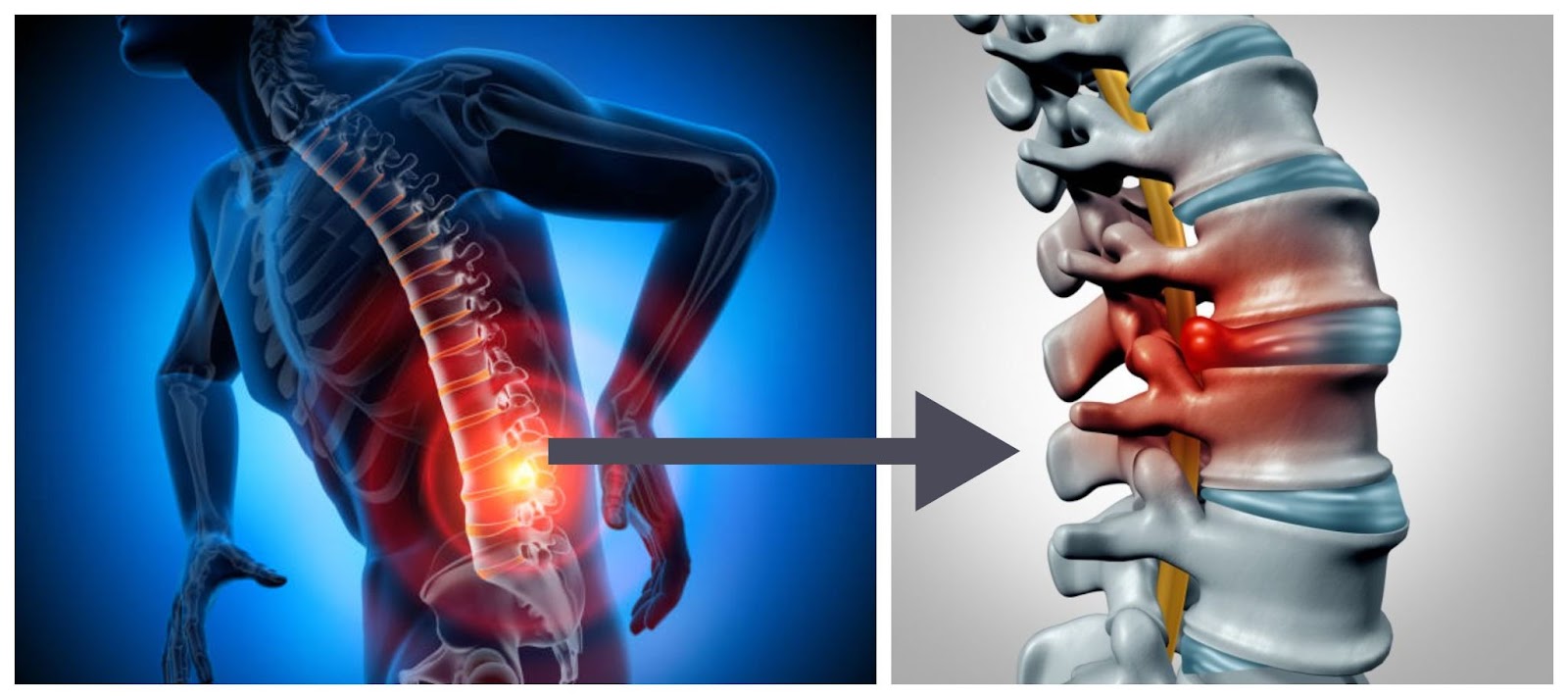Learn about the normal percentage of vitamin D
Vitamin D has many important benefits for the health of the body and affects the body’s ability to absorb some other elements. In the following article, we present the natural proportions of it for women, men, and children.
Vitamin D percentage
Vitamin D is one of the important vitamins that the body acquires from beneficial sunlight and is absorbed by the intestines from food. Its importance lies in maintaining the activity and health of the body and reducing a person’s exposure to influenza and immune diseases.
The importance of vitamin D for the body
Vitamin D is one of the essential elements in helping the body absorb iron, and it has a wide range of benefits that the body needs, including:
- It improves digestion movement in the body.
- Helps regulate insulin levels in the body.
- Vitamin D boosts testosterone levels in men.
- Maintains the body against bone diseases, especially rickets in children.
- It helps in the natural absorption of iron and prevents osteoporosis.
- Reducing menstrual pain and premenstrual symptoms.
How much is the normal level of vitamin D?
There is a lot of research conducted on natural levels of vitamin D and when a deficiency of vitamin D occurs in the body, but there is general agreement that levels of vitamin D differ between men and women, and children also have other percentages depending on the body’s need and its ability to absorb vitamin D.
Here is some research on vitamin D levels in the body:
- The research was done in the endocrine complex, and the report presented by the complex stated that the normal percentage of vitamin D in the body starts from 30 to 60 ng/milliliter, whether for adults or children.
- The Vitamin D Council considers that the percentage of the vitamin in the body ranges from 40 to 80 ng/milliliter, and if vitamin D is less than 20 ng/milliliter, it is considered an acute deficiency in the human body.
- The Institute of Medicine stated that the normal percentage of vitamin D that should be present in the body is 20 ng/milliliter, and less than that falls under the normal percentage of vitamin D.
- The New England Journal of Medicine, it worked on discussing the natural levels of vitamin D in the body and stated that the natural levels for it may reach 12.5 ng/milliliter only, and more than that does not require immediate treatment unless its symptoms develop.
The normal percentage of vitamin D
Although there are differences in the research that has been worked on regarding the natural percentage of vitamin D in the body, the normal levels taken internationally are 20 ng/milliliter in adults, and if the percentage is less than 12 ng/milliliter, it is considered an acute deficiency in vitamin D. It must be noted that the levels differ from one person to another, and symptoms of deficiency may not appear in all persons at the same rate.
The percentage of vitamin D in the body can vary when a woman is pregnant due to the nutrition that the fetus gets from it, which causes it to be deficient, and there is also a difference between the normal levels of vitamin D in children and adults.
What is the minimum daily need for vitamin D?
There is a difference in the daily requirement of vitamin D between different businesses and also between women, men, and children, and we explain it as follows:
- Pregnant and breastfeeding women: 15 mcg or 600 IU.
- Children 1-12 months: 10 mcg or 400 international units.
- Children 1 to 13 years old: 15 mcg or 600 IU.
- People ages 14 to 18: 15 mcg, or 600 international units.
- Adults 19 to 70 years old: 15 mcg, or 600 international units.
- Adults over 70: 20 mcg or 800 IU.
Normal vitamin D levels for women
Vitamin D is one of the fat-soluble elements, and the body takes it mainly from sunlight and can absorb it inside the intestines from foods rich in it, and the normal rate for women in particular is from 20 to 50 ng/milliliter, and the severe deficiency in vitamin D in women starts from 12 ng/milliliter.
Treatment of vitamin D deficiency in women
Vitamin D deficiency in the body in women has more than one symptom, including hair loss, constant feeling of fatigue, physical stress, instability of the woman’s physical condition, lethargy, etc., and the attending physician requests the beginning of the analysis of vitamin D to identify the rate of deficiency in it and describe the appropriate treatment.
Methods of treating vitamin D deficiency in women
- Adequate exposure to the sun
Sunlight is one of the main sources that provide the body with vitamin D, so doctors advise exposing the legs, arms, and hands to the sun, especially in the midday period for a certain period, which helps to fully benefit from it.
- Pay attention to the appropriate diet
Eating foods rich in vitamin D is an important element in treating vitamin D deficiency because the body begins to absorb it and increases significantly, and your diet should be free from fatty fish, milk, egg yolks, whole grains, fruits, and cooked cow liver.
- Nutritional supplements
Dietary supplements, especially those that contain natural oils such as omega-3 and other important elements, in addition to vitamin D, help raise the level of Vitamin D in women, whether in the form of pills, injections, or oral syrup.



